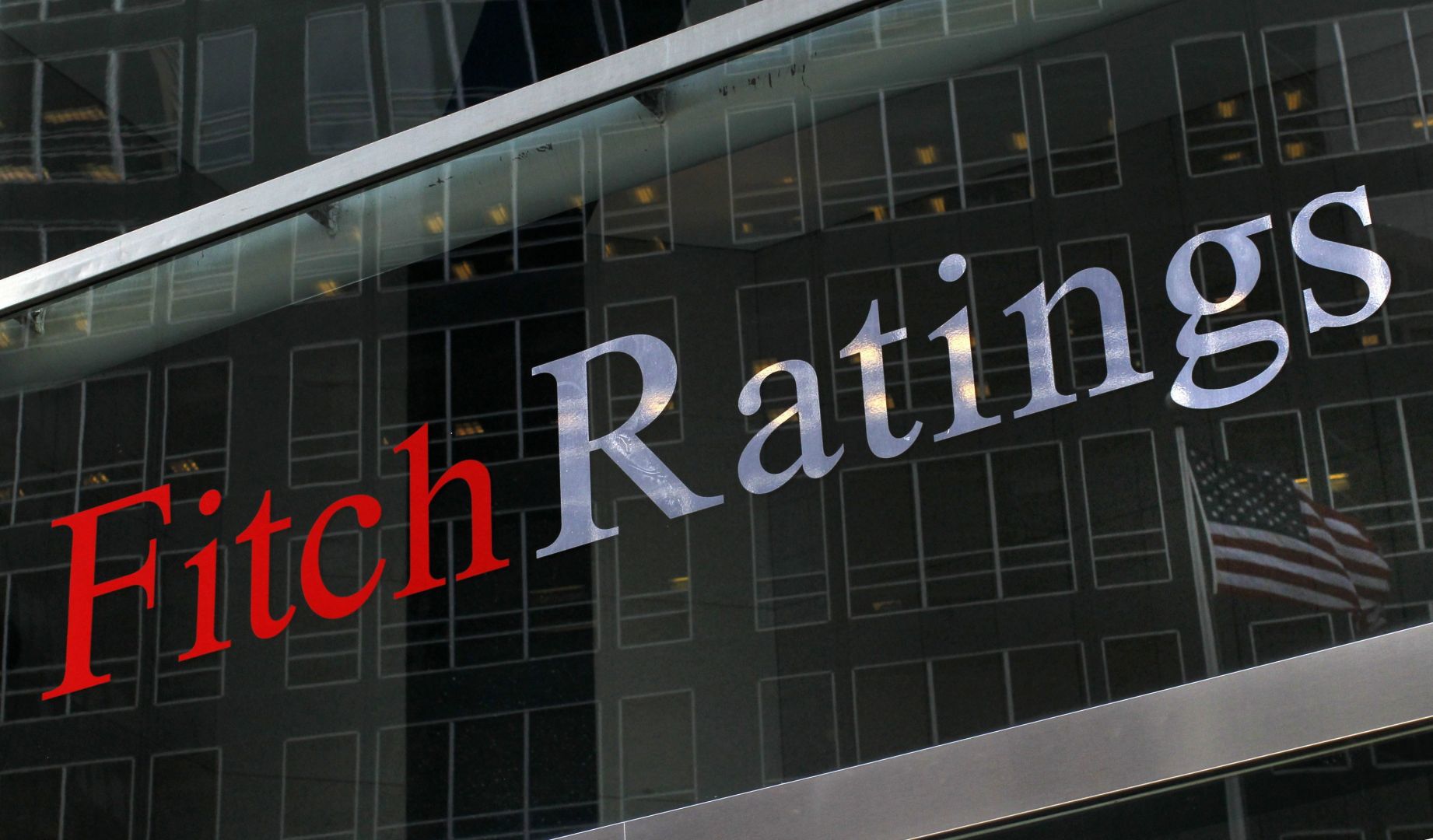Chinese government directives last week concerning local government debt signal a potentially significant policy shift to prioritize growth over managing the country’s debt problem, says Fitch Ratings.
Uncertainty over the scale and strategy to resolve high local government debt remains a key issue for China’s sovereign credit profile, and the latest directives could reflect a continuation of an “extend and pretend” approach to the issue. Reuters reported.
The directives should be credit positive for local governments, while broadly neutral for banks. A joint directive from the Chinese finance ministry, central bank and financial regulator on 15 May, instructed the banks to continue extending loans to local government financing vehicles (LGFV)s for existing projects that had commenced prior to end-2014, and to renegotiate debt where necessary to ensure project completion.
This is an explicit form of regulatory forbearance, and serves to delay plans to wind down the role of LGFVs. More broadly, it also suggests that propping up growth in the short term has temporarily taken priority over efforts to resolve solvency problems at the local government level.
Fitch estimates local government debt to have reached 32% of GDP at end-2014, up from 18% at end-2008. The CNY14.9 trillion increase accounts for 18% of the rise in total debt.
The authorities’ efforts to rein in indebtedness have led to a squeeze on monetary conditions and credit that has dampened growth. GDP expanded 1.3% qoq in 1Q15, and April activity data indicated the slowdown has persisted into the second quarter with weak demand across the board.
Fixed-asset investment growth slowed to 12% yoy for the first four months of 2015, a 14-year low. Property investment growth fell to 6% from 8.5% in March as China’s 2009-2014 real estate boom continues to unwind.
This poses downside risk to Fitch’s projection of 6.8% growth for 2015.
Earlier, on 13 May, the central government also announced a USD160bn debt swap plan by which local governments would be allowed to convert LGFV debt for municipal bonds and where the bond yields would be capped.
For local governments, the swap will ease the interest burden at a time when a slowing economy and a significant reduction in land sales are weighing on revenue growth. Local government debt often carries interest rates in excess of 7%, whereas the local bonds that will be converted from debt under this program will be restricted to yields not in excess of 30% above central government bonds with similar tenors.
Fitch views the development of a local bond market as credit positive in itself for local governments. They will benefit from an extended maturity profile on the bonds compared with LGFV instruments. This will significantly reduce liquidity risks, and ensure a better asset/liability match. It also widens local governments’ funding channels and builds a more transparent fiscal reporting system.


